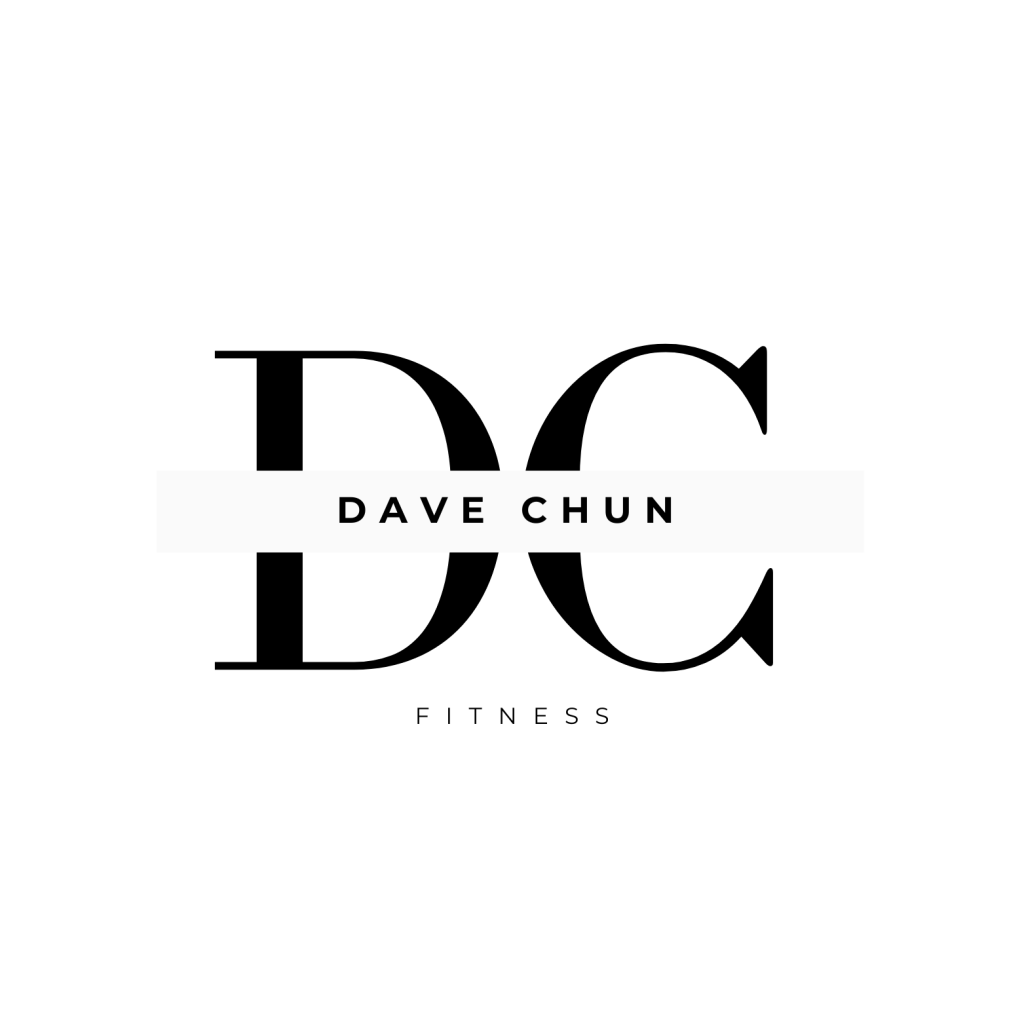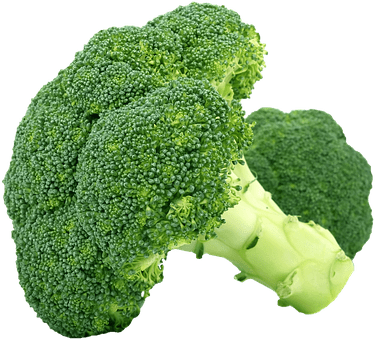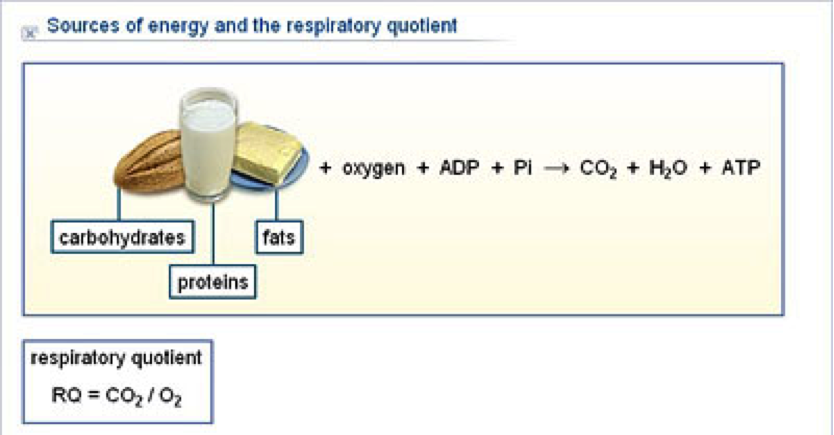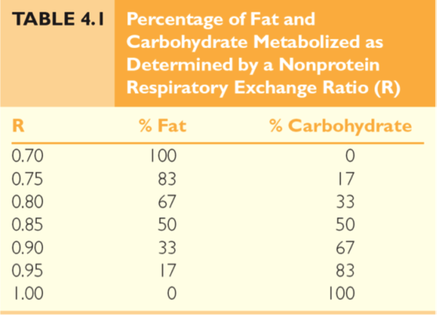- Veggie and Protein (Kate calls this the “Joyless Diet”)
- AM starchy/PM fibrous carbs
- Ketogenic diet
- Intermittent Fasting
|
In my attempt to get super lean, a common denominator in most diets is that you must cut calories. You either eat less or find food that is much harder to digest therefore yield less. My MMA coach once told me that his boxing coach would put him on regimen of broccoli and freshwater fish (like Tilapia) when he was trying to make weight for his boxing match. His claim was that broccoli contained less calories than what it took for him to digest them. The boxing coach was talking about creating negative energy balance.
|
The pros of the first two diets are that I could eat all day every 2-3 hours of meals consisting of fruit and veggie, and lean protein. Most people call this a healthy diet. This way of eating would give me plenty of energy throughout the day and in my workouts. The con is that when you try to limit certain food items like “junk” food and if you like them a lot, it inevitably leads to food cravings—mine is a good cheese danish. For me, the craving would come like a thief in the night—around 10 pm and I would succumb to them. By eating frequently, I would get hungry more often and the more hungry I got, I would inevitably cheat in one of those late meals. And once I cheated, it would give me permission to cheat again and so forth—the terms downward spiral comes to mind. This cheating really puts a damper on my fat loss endeavors. So in order to stick to this type of diet plan, I would say it takes willpower and we only have so much willpower on tap. Speaking of willpower, here is a fascinating article in the NYT about the limited supply of willpower, or Decision Fatigue. http://www.nytimes.com/2011/08/21/magazine/do-you-suffer-from-decision-fatigue.html?_r=0
I think the latter two diets are more doable for our leaning out effort because we don’t have to count calories. Instead, we can just focus on the meal timing of carbs, protein, and fat. The Ketogenic Diet works well but there is a lot of physical/mental suffering and food reward issues; and it is terrible for your piping (i.e. your colon).
Intermittent fasting, on the other hand, has all the benefits of the Keto Diet without depriving yourself of yummy carbs for an extended time frame. IF also increases lipolysis without having to resort to harsh weekly grind of depletion and re-composition— which is generally no carbs for five days and overfeeding of simple carbs on the Saturdays and Sundays.
Respiratory Exchange Ratio (or Respiratory Quotient)
A client of mine asked me, “Dave, what will you do after June 21 when the bet is over?”
My plan is as follows: 1) Go enjoy sushi on Gingeroni’s dime; 2) Go say hi to Mickey Mouse to celebrate my victory; 3) Go back to eating healthy again; I am sure Kate reading this will make her a very happy wife.




0 responses to “Dieting options and Respiratory Exchange Ratio”